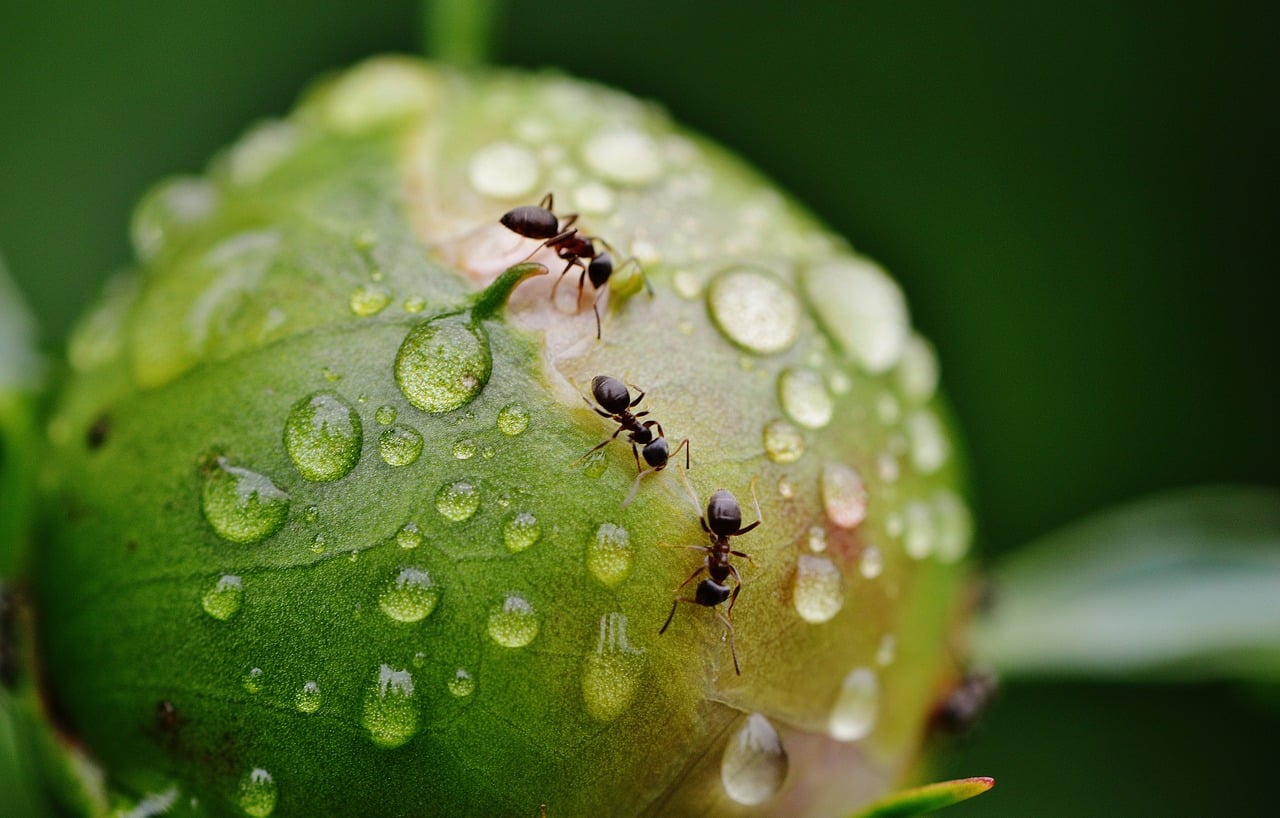Sub-Saharan Matabele ants are known to be cruel killers. They are found raiding termite mounds up to four times a day. However, they are not immortal. Every now and then, one of those ants gets injured and is prevented from going home to recover. New research suggests that uninjured ants provide medical help for other wounded ants.
They are nearly 0.8 inches in length, and are considered one of the largest ant groups in the world. Since they are ruthless and cruel, they were named after the Matabele warriors. Matabele warriors belonged to the Bantu tribe which was known in southern Africa in the 19th century for their large raids. The Matabele ants are very strong, and will form rows of 200 to 600 ants that raid termite mounds.
Nevertheless, the termites aren’t weak insects after all. They are equipped with strong jaws that can injure and kill Matabele ants. Although this is common among these insects, researchers from Germany’s University of Würzburg conducted a study which sheds light on a special search-and-rescue technique which administers medical help for other wounded ants.
The researchers observed ants in Comoé National Park in Ivory Coast and discovered that the injured ants send out a signal of distress by releasing two chemicals. The chemicals affect the ants nearby, which causes them to grab the wounded ants and take them home to recover.
The researchers were surprised to learn that 95% of the ants which were delivered back home and treated for their injuries managed to survive and fully recover. Researchers published their findings in Proceedings of the Royal Society B.
With the exception of humans, this search-and-rescue method along with providing medical help, biologists believe is a unique behavior among all other animals.
During their observations, the researchers noticed how soldier ants “licked” the wounds of other injured ants, which would last for several minutes.
“We suppose that they do this to clean the wounds and maybe even apply antimicrobial substances with their saliva to reduce the risk of bacterial or fungal infection,” lead researcher Erik Frank said in a statement.
For the purposes of the study, the researchers conducted some experiments in the field, ones that included severely injured ants. Other tests were done in the lab. However, both types of testing were done at the Comoé National Park Research Station in Ivory Coast.
Interestingly, the decision on which ant will live and which one will die is made by the wounded ant itself. The Matabele ants can’t administer medical help for other wounded ants if they are struggling too much, been severely wounded or missing some parts of their body because the injured ants “simply don’t cooperate with the helpers and are left behind as a result,” Frank explained in the statement. That way, they want to ensure that the ants are more likely to survive if they are rescued, without losing energy on a futile rescue.
On the other hand, ants that are not severally wounded will send out a signal for help, and will remain still and move their limbs and bodies in a way which will be easier for transport. This is another behavior which helps uninjured ants notice them, as by keeping still, other ants will easily detect their chemical signal to one location.
The researchers have a lot more to investigate until they fully understand this behavior, although it already makes a lot of sense for ants. If ants sacrifice themselves when they are severely injured, they contribute to improving the strength of the colony.





